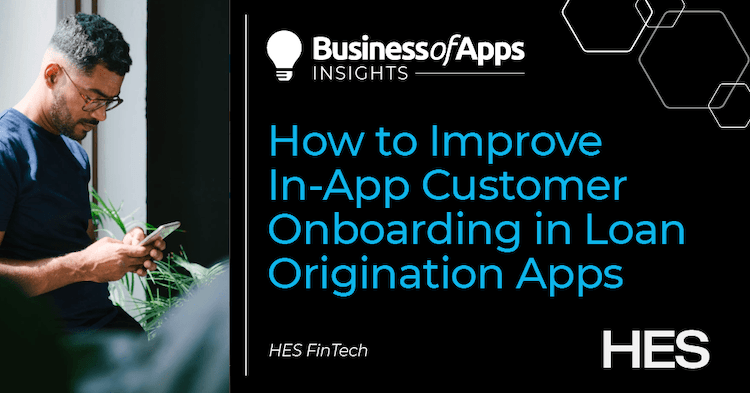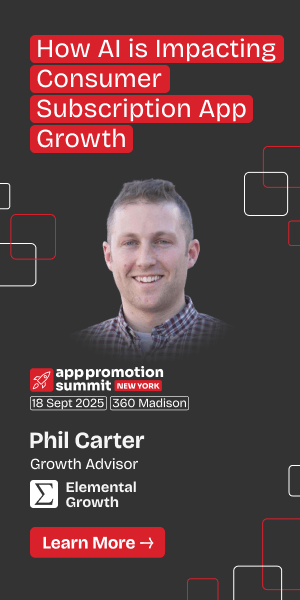
The lending market in 2021 will be turning digital at a rocket speed. According to the previous year’s Digital Banking Report research in the field of Digital Lending and Account Opening, 85% of financial institutions enabled consumers to apply for a loan online.
All that stimulates the development of loan origination and servicing software, as well as implementing AI-based credit scoring for traditional and alternative lenders. And no wonder financial institutions are searching for ways to plan out their digital solutions the most effective way possible: to increase performance and maximize lending software development ROI.
In this article, we are going to talk about redefining customer experience in financial apps and as one of the key aspects of driving customer satisfaction to a new level. We are going to focus on lending: outline the key challenges of traditional approach and highlight the aspects that can be automated and improved to boost revenue.
From onboarding to a Loan application: problem detection
Many lenders still use manual paper-based loan application practices, and even when digitalized, certain steps keep creating a lot of work for employees and add up opacity. Most banks and financial organizations understand they need to shift from branches to digital channels in lending, such as web and mobile applications.
The McKinsey market research demonstrates they are right: in the US, and several European countries 15-20% of the surveyed banking customers plan to increase the use of digital channels post-Covid. Note that in other markets the percentage is lower – 5-13%.
Your plan is to turn customer digital onboarding from a challenging and time-consuming activity to a barrier-free process with high conversion rates and low acquisition cost.
In reality, there are a couple of problems:
- Information on the fingertips
The information about the loan product, the application process, terms, and conditions are usually poorly structured. Even when structured properly, it may be poured over the customer at once instead of being presented at the right moment and at the necessary step.
- Forms
Another tricky part of onboarding is filling forms – especially re-entering information customers may have already specified using a different channel. As a result, you spend human resources and customer’s time on repeated data entry.
- KYC
The application for a loan is followed by a multi-level paper trail, starting with the identity verification complied with KYC. Lenders need to assess risk profiles and undertake due diligence. It means they need to request data, wait and analyze it, which significantly prolongs the onboarding process leaving customers waiting before the next step. This step substantially increases the churn rate.
According to our experience: lenders that re-think their customer experience can reduce the onboarding time up to 80% and reduce costs by approximately 20%.
What helps to make loan origination frictionless
- Mobile-first approach
Despite the fact that COVID-19 slightly moved us back to our desktops, in the previous years more than half of the website traffic used to come from mobile devices. In the mid-term perspective, experts speak about the full return to mobile, which means your customer onboarding strategy in lending app development should start with mobile.
- Combined human and digital experience
“Omnichannel’ and “seamless” are buzzwords in financial software development and building customer experience. If your organization is going to combine online and offline presence, your primary goal is to extend the onboarding seamlessly across brick-and-mortar and online customer experience.
Today you are to build a one-stop-shop: with a website, application, customer personal account, in-built marketplace with lending products, and a functional back-office for effective and automated work.
- Make use of integrations
Use integrations of CRM modules, scoring systems, KYC, and AML to automate and speed up the processing of the customer applications for a loan.
Large loan origination software providers also provide integrations with credit bureaus, accounting software, lead providers (CPA), payment providers, bank card transfer services, and e-money. Such investment is valuable and has a high return on investment as it can significantly improve customer onboarding and loan origination with the financial app.
Integrations with notification services, SMS, Email, VoIP, use of auto-fills, and all of the available personalization tools can add up to service convenience, keep users informed, involved, and properly serviced.
Configure and manage marketing and information campaigns for prospects and customers across all channels to improve the level of service and increase customer loyalty due to convenience.
- Automated credit scoring
Assessing the creditworthiness of any customer can be challenging. Incumbent banks and traditional financial organizations hire teams of risk managers and data analysts to build models and choose the proper strategy.
According to Moody’s Analytics, over a half of bankers said they don’t use any automation tools and roughly 1 in 3 answered they implemented automated credit analysis and decisioning techniques.
GiniMachine shares data that using AI and ML for credit scoring can reduce non-performing loans by 50%, increase the acceptance rate and boost the loan portfolio return.
You can implement technology that analyzes the existing credit data and helps to build, validate and deploy viable models in minutes or hours. The benefits include time savings for your employees and minimized expenses to your company due to high level of automation and trustworthy results.
Combat your difficulties first
In a Moody’s Analytics poll for banks and financial institutions, there was a tricky question: “What is your biggest challenge in initiating the loan process?” More than a half of respondents answered “collecting data manually” or “dealing with duplicating data, as well as “back and forth with the client”.
You will hardly be able to remove friction points in customer experience before your internal procedures are automated and optimized. Therefore, it’s a smart idea to combine internal and external improvements.
Automation can manage data inconsistencies and manage customer information. For example, by making most of what customer-facing online portals and APIs can give you, companies can receive, structure, and store data and then differentiate between loan applications, which are ready for decision-making, and loan application that require manual processing.
Multiple departments, teams and employees can easily access the documents of the same customer, which helps to create a single source of reliable information. At this point, it is important to develop a solution, which would give the correct permissions and set rules for the team members. Remember that from the audit and control point of view, it is way more secure than unlimited access to directories.
To sum the idea up, by brushing up the back-office, you can significantly improve the customer experience by speeding up the loan decisions, improve communication and make the entire process of loan origination more straightforward.
The bottom line
The competitive advantage of digital or alternative lending in comparison to traditional one is that it redefines the financial empowerment via taking the customer experience to a higher level. It’s time for financial companies to develop applications that will tap into ever-changing client expectations, leverage technology and adapt to changing market conditions.










